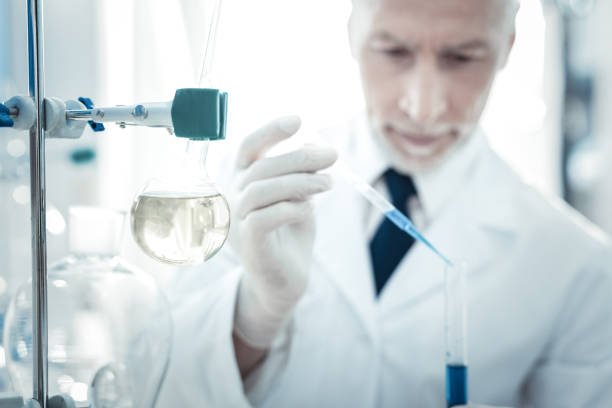ETP plant:
An ETP plant, or Effluent Treatment Plant, is a facility designed to treat and manage industrial wastewater or effluent before it is discharged into the environment. ETP plants are commonly used in various industries, including manufacturing, chemical processing, textiles, pharmaceuticals, and food and beverage production, to ensure compliance with environmental regulations and minimize the impact of wastewater on ecosystems.
Here are the key components and processes typically found in an ETP plant:
- Collection and Pre-Treatment: Industrial wastewater is collected from different sources within the facility and undergoes pre-treatment processes to remove large solids, oil, grease, and other visible contaminants. This may involve processes such as screening, sedimentation, and oil-water separation.
- Primary Treatment: In the primary treatment phase, the wastewater is subjected to physical and/or chemical processes to further remove suspended solids and organic matter. Common methods include coagulation, flocculation, sedimentation, and dissolved air flotation (DAF). These processes help in separating solid particles and settling them to the bottom, forming sludge.
- Secondary Treatment: After primary treatment, the wastewater undergoes biological treatment to remove dissolved organic matter and nutrients. This typically involves aerobic or anaerobic biological processes, such as activated sludge systems, sequencing batch reactors (SBR), or anaerobic digestion. Microorganisms in these processes break down organic pollutants, converting them into less harmful substances.
- Tertiary Treatment: Tertiary treatment is an optional step employed to further improve the quality of treated effluent, especially if the wastewater is destined for reuse or environmentally sensitive discharge. This phase may include additional processes such as filtration, advanced oxidation, membrane filtration (e.g., ultrafiltration or reverse osmosis), or disinfection using UV or chemical methods.
- Sludge Treatment and Disposal: Sludge generated during the treatment processes needs to be treated separately. Sludge treatment methods may include thickening, dewatering, and stabilization processes. The treated sludge can be further processed for disposal or beneficial reuse, such as agricultural applications or energy generation.
- Monitoring and Control: ETP plants incorporate monitoring systems to measure and control various parameters, including flow rate, pH, temperature, dissolved oxygen, chemical dosing, and effluent quality. Continuous monitoring helps optimize the treatment process and ensures compliance with discharge standards.
- Compliance and Reporting: ETP plants are subject to environmental regulations and permits that specify discharge limits and reporting requirements. Regular monitoring, sampling, and reporting of effluent quality are necessary to demonstrate compliance and maintain the necessary permits.
- Environmental Management: ETP plants often have environmental management practices in place to minimize the overall environmental impact of the facility. This may include water conservation initiatives, energy optimization, waste management, and environmental sustainability programs.
The design and configuration of an ETP plant depend on various factors, including the type and volume of wastewater, local regulations, effluent quality requirements, and available resources. Consulting with environmental engineers, wastewater treatment experts, or specialized ETP system providers is essential to ensure the proper design, operation, and maintenance of an ETP plant tailored to specific industry and regulatory requirements.

